The Portland metro area seems to have already discovered how to slow the growth of traffic congestion, the city’s bicycle planning coordinator said Friday. But it’s not investing in it very quickly.
Between 2000 and 2014, the three Oregon counties in the metro area added 122,000 of new commuters. And in all three counties, less than half of that net growth came from people driving alone in cars.
The “primary reason” rush-hour traffic hasn’t gotten worse twice as fast over the last 15 years, Portland Bicycle Planning Coordinator Roger Geller concluded in an exploration of Census data presented at Portland State University Friday, is “Portland’s significant growth in bicycling and working at home.”
Inspired in part by other Geller comments, we’ve written about this phenomenon before. But we haven’t written about just how much difference the decline in driving rates has made not only in Portland but in suburban areas.
Looking at the region as a whole, these blue bars in Geller’s presentation show the number of new commuters (including telecommuters and other work-at-home folks) by mode from 2000 to 2014:
And the orange bars here show what this would have looked like if metro-area transportation behavior hadn’t changed since 2000:
Fortunately for the area, those patterns did change. In Multnomah County, the biggest factor was biking, with work-at-home a close second. (Again, the orange bars show what would have happened without a change in people’s transportation behavior and the blue bars show what actually happened, so it’s useful to look at the difference between the two bars.) Mass transit use, unfortunately, declined a bit despite the Yellow, Red and Green MAX lines all opening during this period.
In Washington County (that’s Hillsboro, Beaverton, Tigard and points west), transit, biking and work-at-home were approximately equal factors in defraying the growth of driving:
And in Clackamas County (that’s Milwaukie, Clackamas, Lake Oswego and points south), the big change was work-at-home, with an assist from bicycling and to a somewhat lesser extent the other modes:
I was curious, so I looked up the numbers for Clark County on the Washington side of the metro area. Unfortunately, they’re less rosy. Out of 43,000 net new commutes there, 32,000 (or about 73 percent) were taking place in drive-alone cars.
Geller is, of course, proud of the role bicycling has played in keeping the region moving despite so many new residents and jobs. But he’s also frustrated by the amount of driving that’s still happening.
“Clearly, not enough people are choosing to use transit,” Geller, who noted that he is “not a transit expert,” said in his presentation. “Driving is very easy in this city, and once you own a car it doesn’t cost very much.”
As the Portland region continues to grow, the stakes are high. This is the scariest slide in Geller’s presentation: a projection of new commute trips created in the next 19 years if the region remains at 2014 driving rates.
Geller has pointed out that unless Portland can reduce driving, this number of additional car trips would require “23 Powell Boulevards” to lace through the City of Portland alone.
Another thing Geller seems understandably frustrated by: the fact that even though biking has been such a huge factor in reducing drive-alone trips over the last 15 years, the city is investing almost nothing in it. He shared this chart, pointing out that even though the region’s biking-walking infrastructure plan is far cheaper than its driving and transit plans (and even though it’s been delivering such high returns on investment so far) the bike infrastructure plan isn’t on track to be funded until the year 2209.
This Thursday, Metro’s regional JPACT committee will make a key vote over how to divvy up $??? million created by the new federal transportation bill among biking/walking infrastructure, transit infrastructure or road widening. The Bicycle Transportation Alliance is currently fighting to try to persuade to at the very least not spend this money on road widening.
Here’s Geller’s full slideshow from last Friday, which you can also download as a PDF:
And here’s the video of his presentation, with questions at the end:
— Michael Andersen, (503) 333-7824 – michael@bikeportland.org
Our work is supported by subscribers. Please become one today.
The post Even in suburban Oregon, drive-alone trips are less than half of new commutes appeared first on BikePortland.org.
from Front Page – BikePortland.org http://ift.tt/24XRRMW
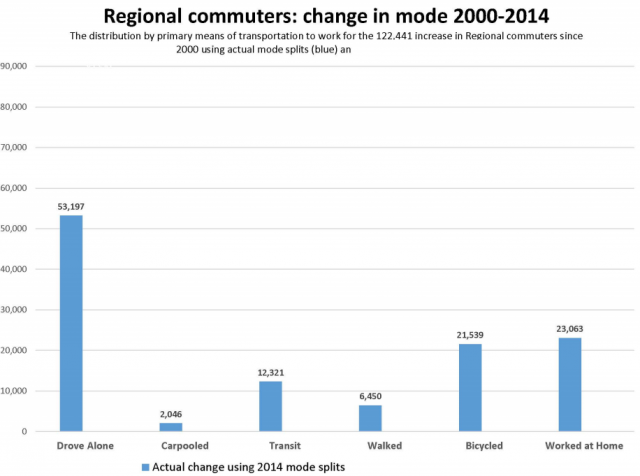
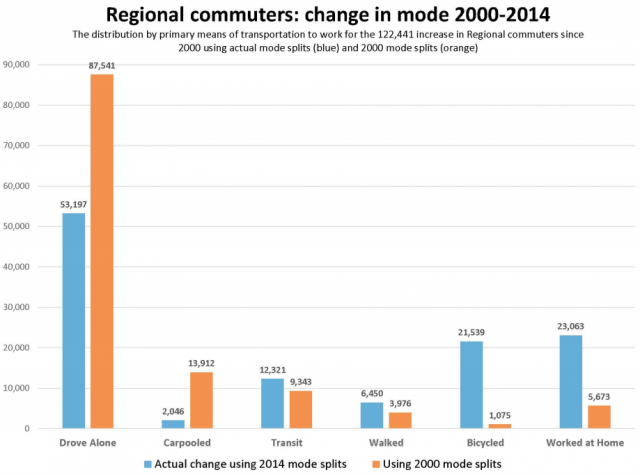
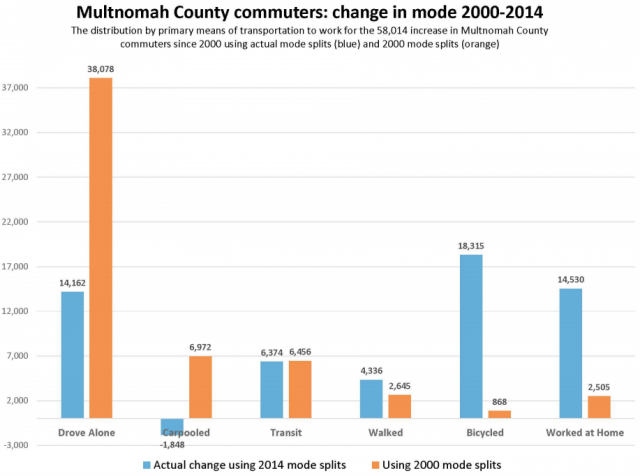
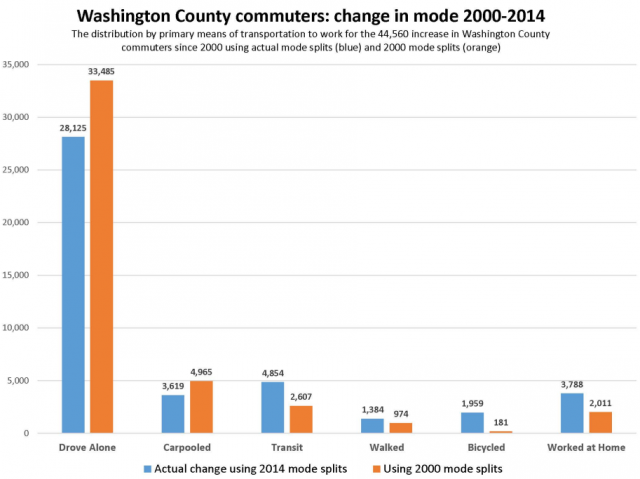
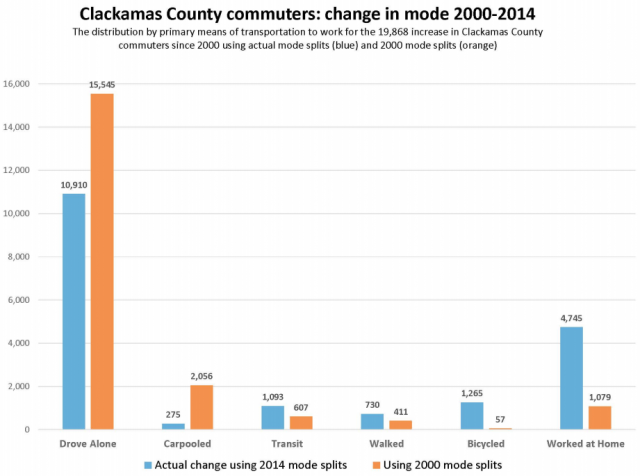
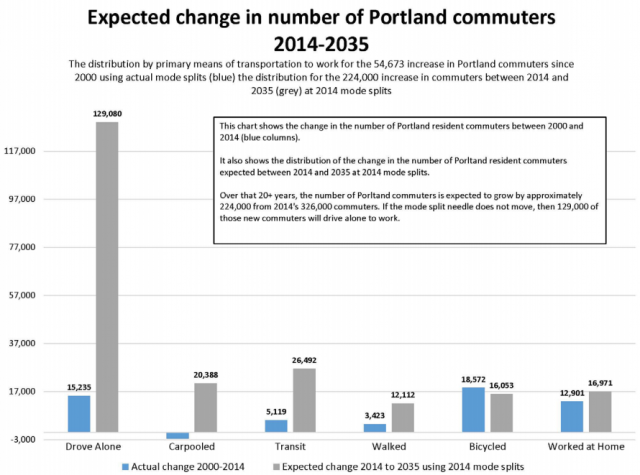

No comments:
Post a Comment